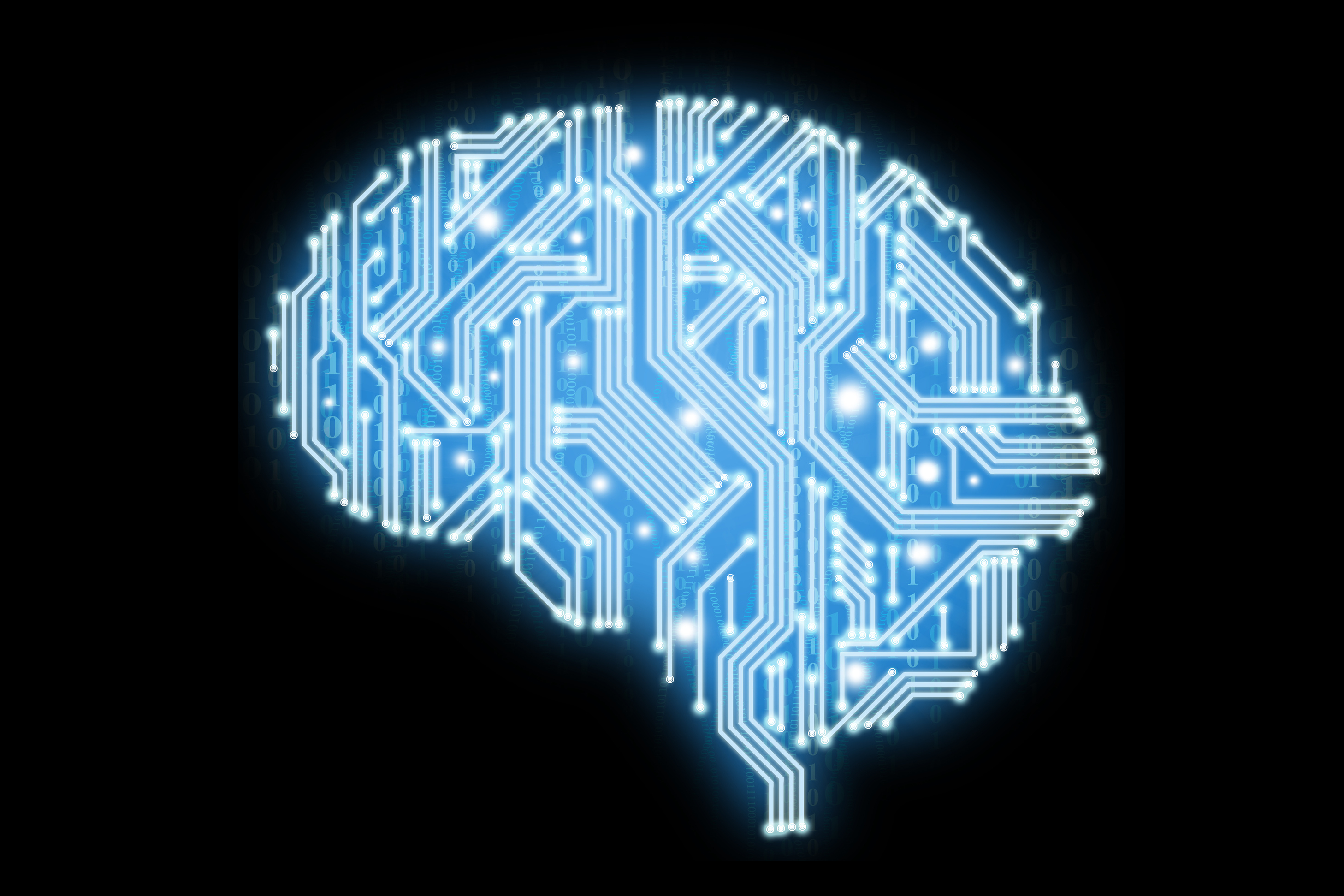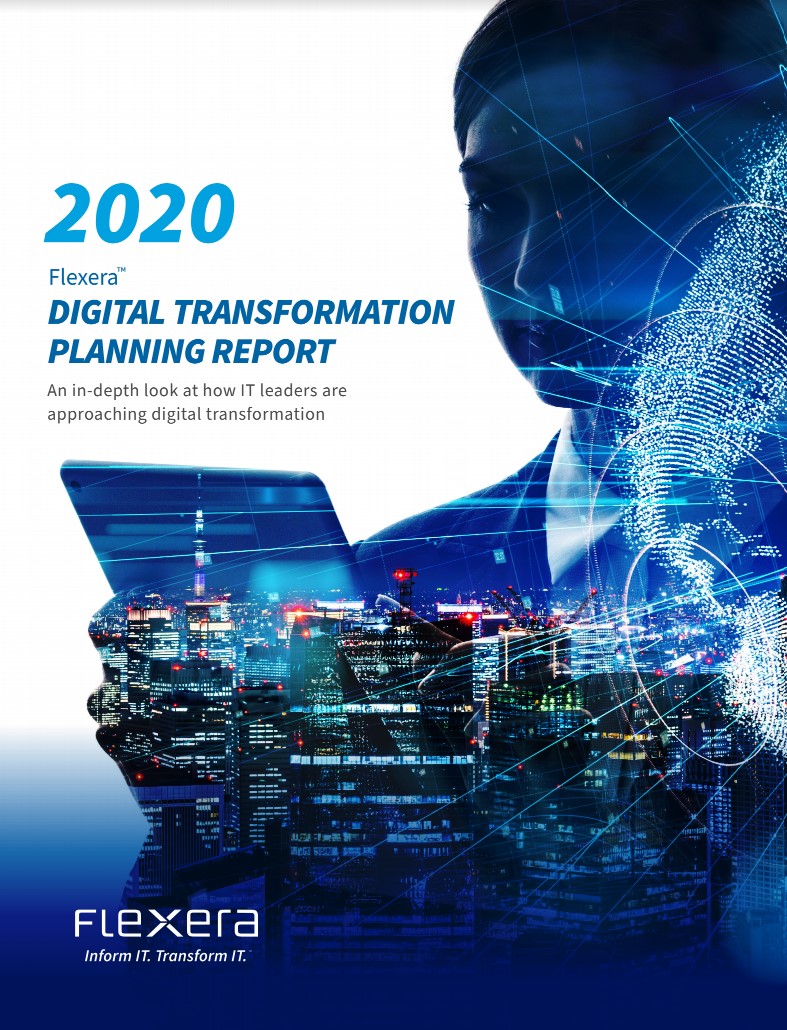Building a digital nervous system for your business
How connecting the right technologies, strategies and people can help future proof your business


Think about the systems and processes your business uses daily. These systems are your company's nervous system. The key to sustaining your business is understanding where these systems are struggling and developing strategies to ensure your enterprise stays healthy and robust in the long term.
Bill Gates popularised the phrase 'digital nervous system' in his 1999 book Business @ the Speed of Thought, outlining how all systems and processes should be brought together under one common structure in order to enable success. With businesses in 2020 resembling organic systems more than Gates could have envisioned, the need to keep them healthy is more vital than ever. The talk of business agility, business digitisation, and how data analysis with automated systems, is transforming how businesses operate is compelling and imperative.
In its November 2019 report on digital transformation, IT services company Cognizant states: “Data may be the new fuel, but the engine won’t run unless the fuel is ‘refined.’ If your company is like most, your data looks more like Lego pieces scattered on the floor than something you could use to generate value. Analytics, applied AI, automation and other value-generating technologies can deliver value at scale only with data that’s correctly structured.”
Chris Huff, chief strategy officer at Kofax, tells IT Pro: “Leveraging intelligent automation to create a ‘connective tissue’ that bridges current silos or stacks of systems – such as ERP (Enterprise Resource Planning), CRM (Customer Relationship Management), BI (Business Intelligence) and legacy mainframe, is becoming the critical pillar of many digital transformation strategies.”
Technology, though, is just one component of a healthy digital nervous system. Consultancy firm Prophet notes in its 2019 State of Digital Transformation report: “Digital transformation is extending well beyond its roots to reshape businesses holistically. 85% of companies we surveyed reported that their digital transformation efforts have expanded beyond IT into organisation-wide initiatives. This is promising as it means a significant number of companies are moving deeper into the six stages of digital transformation.”
Data is also now a vital component of your business. Using the nervous system analogy, data becomes the blood supply for the systems your company uses. What has become abundantly clear over the last few years, is those enterprises that have a clearly defined and implemented data strategy are the leaders in their market sectors.
Smart people systems
It’s something of a cliché to say people are a business' most precious asset. However, many companies fail to make the most of this resource once they have it.
Sign up today and you will receive a free copy of our Future Focus 2025 report - the leading guidance on AI, cybersecurity and other IT challenges as per 700+ senior executives
Jenna Filipkowski, PhD, head of research at the Human Capital Institute says: “Organisations make significant investments to source and recruit the best candidates, but often leave these same individuals to find their own way around the organisation once they start. HR leaders need to re-evaluate how onboarding programs are structured and deployed within their organisations.”
Also, speaking to IT Pro, Seth Shearer, vice president of global field engineering at Lucidworks – an AI-powered data analysis company – says: “Artificial intelligence, better data structuring, and information access interfaces all play together to create a much more intuitive data access and insight delivery process. Just like a human's nervous system that's constantly processing new information and being influenced by an unexpected change to inform smarter decisions then (hopefully), a business must be agile and constantly adjusting to keep insights pathways open to continue evolving.”
Businesses also need to move away from thinking that the implementation of new technologies – such as AI – are enablers and not threats, as Andi Britt, vice president, IBM Talent and Engagement Euro explains: “It’s important to see AI as an enabler, not as a threat to the HR function. This kind of transformative technology works best when designed and implemented with humans at the centre. However, used smartly, AI will empower HR people to drive business decisions.”
It’s easy to forget the human component when developing the digital nervous system your business needs. As Bernard Marr, author of Artificial Intelligence in Practice tells IT Pro, it’s always people first, technology second:
RELATED RESOURCE

Digital Transformation Planning Report 2020
An in-depth look at how IT leaders are approaching digital transformation
"I have seen many AI projects fail because they only focused on the cost element and forgot the customer experience. If ... the AI project can improve the candidate experience, reduce bias, and significantly reduce costs, you have a winning business case. When I work with HR teams to help them identify their strategic use cases we start with their strategic HR and business goals and then explore where technology such as AI and machine learning could deliver the best improvements. We don’t start with the technology.”
Technology, can though, deliver the insights businesses need to make their nervous systems work more efficiently. “When HR departments have access to aggregated physiological and psychological data insights, employers can then use this anonymised data to find out what their workers need to be healthy, happy, and productive,” says Constanza Di Gennaro, chief operating officer at BioBeats.
“Implementing new and improved tools in the workplace will help push wellbeing up the corporate agenda, transform people's working lives and improve mental health across the globe. When we look at the business cost around poor wellbeing at work, the business value of investing in technologies that will allow HR departments to mitigate productivity loss is significant when viewed in this context.”
Building intelligence
Building a comprehensive nervous system for your business, of course, has a technology component. It's critical, though, to use technology to deliver a well-defined strategy.
Mike Kiersey, the principal technologist at Boomi explains: “Innovating software in the workplace is driving significant changes in the way we operate, collaborate with our customers and partners, how we develop new or improve existing products. Through automation and the intelligent use of business data businesses will morph into new companies, attract different customers and talent, offer differentiated value at speed.”
A holistic multi-layered approach to systems development will ensure the nervous system your business is based upon can support everyone in your enterprise. “Companies with digital nervous systems have a mix of cultures, IT architectures and tools that get the right information to the right people in time for them to make optimal decisions,” Amit Prakash, co-founder and CTO of ThoughtSpot tells IT Pro. “That last point is critical. If the information doesn't arrive in time, it's useless, and you don't have a functional nervous system able to react fast enough to events or make predictions that lead to profitable decisions.”
It is also essential to understand that building a nervous system for your enterprise is not just an IT exercise. Mark Pidgeon, vice president of Technical Services EMEA at Sumo Logic explains to IT Pro: “The whole concept of a digital nervous system across a company is an exciting one - what makes this work is pervasive adoption of data within different teams to help them achieve their goals. For IT to support this, there are technologies needed to make it easier to deliver that insight.”
Pidgeon adds: “The biggest issue is that each team has to define its own goals, the service level indicators that track those goals and how the data they look at describe those indicators. This will then help define the wider approach to how data gets used within decision making and how those choices affect other teams. At the heart of this, you need continuous intelligence from your applications.”
The much-used phrase 'digital transformation' has a core element of systems controls, but in the broader context is a change in how technology, process and people are integrated together. In this scenario, the digital nervous system of your company remains healthy and productive in an environment where data, skills and knowledge are nurtured.
David Howell is a freelance writer, journalist, broadcaster and content creator helping enterprises communicate.
Focussing on business and technology, he has a particular interest in how enterprises are using technology to connect with their customers using AI, VR and mobile innovation.
His work over the past 30 years has appeared in the national press and a diverse range of business and technology publications. You can follow David on LinkedIn.
-
 What businesses need to know about data sovereignty
What businesses need to know about data sovereigntyWithout a firm strategy for data sovereignty, businesses put their data and reputations at risk
-
 Anthropic says MCP will stay 'open, neutral, and community-driven' after donating project to Linux Foundation
Anthropic says MCP will stay 'open, neutral, and community-driven' after donating project to Linux FoundationNews The AAIF aims to standardize agentic AI development and create an open ecosystem for developers
